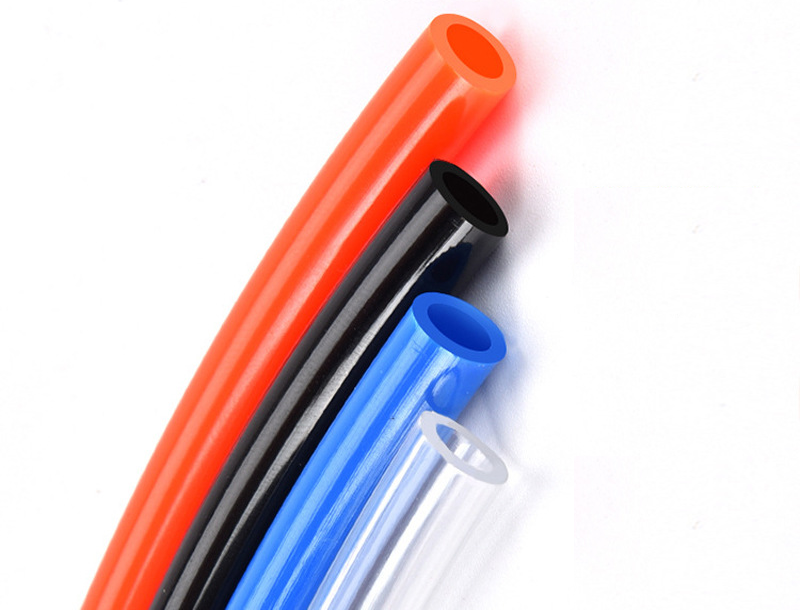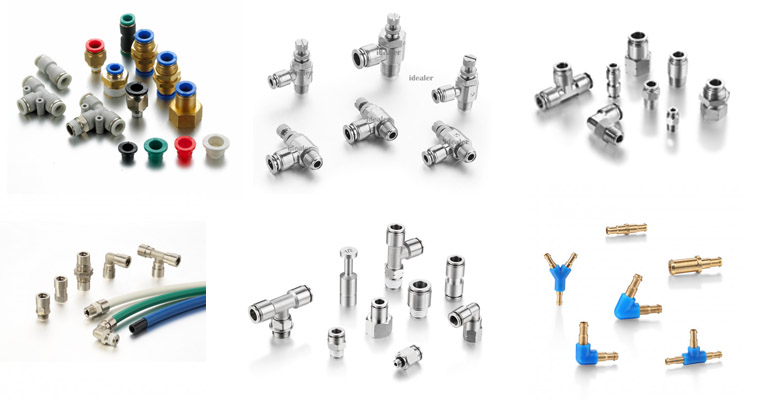Table of Contents
ToggleIntroduction
In the world of pneumatic systems, the integrity of every component is paramount to ensure efficient operation and prevent costly downtime. Among these components, pneumatic tubing is fundamental, serving as the lifelines through which air is transported. However, a seemingly simple task such as cutting pneumatic tubing can result in serious system inefficiencies if not done correctly. Fraying or damage during cutting can lead to air leaks, reduced performance, or even system failures. In this comprehensive guide, we delve deeply into the art of cutting pneumatic tubing, ensuring a clean and precise cut every time.
Cutting pneumatic tubing correctly is about more than merely using the right tools. It involves understanding the type of material you are working with, the specific requirements of your system, and implementing the best practices to ensure optimal results. This article aims to provide you with the knowledge needed to approach this task with confidence, backed by decades of industry expertise.
We’ll explore the different types of tubing materials, tools, and techniques, and cover common mistakes to avoid. Each section is crafted for engineers, system integrators, and procurement officers looking to enhance their systems’ reliability. Let’s begin by understanding why cutting pneumatic tubing accurately is so important.
Why is Properly Cutting Pneumatic Tubing Important?
What are the consequences of frayed tubing?
Frayed pneumatic tubing poses several risks to your pneumatic system. Here’s how it can affect system performance:
- Air Leaks: Fraying can cause small gaps that lead to air leaks, reducing system efficiency and increasing energy consumption. This may lead to costly repairs and increased operational costs.
- Reduced Pressure: As a result of leaks, the system can experience a drop in pressure, which might affect the operation of connected equipment or actuators.
- Contamination Risks: Frayed ends can introduce debris into the pneumatic components, leading to contamination risks for sensitive equipment. This contamination can cause malfunctions or require additional maintenance.
What systems or industries are most affected?
Different industries rely on pneumatic systems, each uniquely affected by improperly cut tubing:
- Manufacturing: In automated manufacturing environments, precision is critical. Any leak or inefficiency can lead to major production halts.
- Pharmaceuticals: Air purity and system integrity are paramount, making clear, smooth tubing interfaces essential.
- Automotive: In automotive assembly, consistent air pressure and flow are crucial for assembly line equipment and ensuring timely production.
How does tube material affect cutting?
The type of material used in pneumatic tubing directly impacts the cutting process:
- Polyurethane: Known for its flexibility and durability, polyurethane requires sharp, clean cuts to maintain its resilience and pressure-handling capabilities.
- Polyethylene and Nylon: These materials are more rigid and can be prone to cracking if not cut properly.
- PVC: Often used for its cost-effectiveness, PVC needs precise cutting to prevent cracking and maintain a proper seal.
How Can You Choose the Right Cutting Tools?
What tools are recommended for cutting pneumatic tubing?
Selecting the right tools is crucial for making precise cuts:
- Tubing Cutters: These are specifically designed for pneumatic applications, ensuring a clean, straight cut without compressing the tubing.
- Scissors or Shears: When precision models with sharp blades are used, they can effectively cut softer materials like polyurethane.
- Utility Knives: These can work for softer materials as well, but require a steady hand to ensure a straight cut.

What are adjustable tubing cutters?
Adjustable tubing cutters are versatile tools that can be set to different diameters:
- Benefits: These cutters are useful for varying tubing sizes and help ensure a right-angle cut every time, which is crucial for proper fitment.
- Features: Often include ratchet mechanisms and built-in retractable blades for safety and precision.
How to maintain your cutting tools?
Maintaining your tools prolongs their life and ensures consistent performance:
- Sharpen Blades: Regular sharpening prevents dull cuts which can fray tubing.
- Clean Regularly: Remove any debris or residue that may affect the tool’s performance.
- Store Properly: Keep tools dry and protected from physical damage when not in use.
What Are the Best Practices for Cutting Pneumatic Tubing?
How to prepare tubing for cutting?
Preparation plays a crucial role in ensuring a clean cut:
- Measure Twice: Before cutting, carefully measure the tubing to ensure accuracy.
- Mark with Precision: Use a fine-tipped marker to create a straight line. This guides your cutting and ensures consistency.
- Stabilize the Tube: Secure the tubing to prevent movement that can result in uneven cuts.
What are the steps for making a clean cut?
Follow these steps for a seamless operation:
- Align the Cutter: Ensure the tool is positioned correctly at the marked line.
- Apply Steady Pressure: Use consistent, even pressure to avoid crushing or deforming the tubing.
- Verify the Cut: Inspect the cut edge for smoothness, and make any additional cuts to correct imperfections.
How to handle different tubing materials?
Different materials call for tailored approaches:
- Soft Materials: For softer tubing, such as polyurethane, ensure blades are extremely sharp to prevent tearing.
- Rigid Materials: Use adjustable tubing cutters for harder plastics like nylon to maintain control and precision.
- Composite Tubing: Consider using a slow, controlled cut to handle mixed material compositions effectively.

How Do You Solve Common Cutting Challenges?
How to prevent tubing deformation?
Preventing deformation is essential to maintain a tight seal:
- Use the Right Tool: Always select the appropriate tool that matches the tubing material and size.
- Cut at Right Angles: Ensuring a perpendicular cut helps maintain the integrity and circular shape of the tubing.
How to deal with tight installation spaces?
Working in confined spaces adds extra challenges:
- Compact Tools: Use smaller, hand-held cutters for maneuverability.
- Flexible Tubing: Consider repositioning the tubing for better access before cutting.
How to ensure a perfect fit in connectors?
Precision cutting impacts connector fitment:
- Re-check Measurements: Ensure the length allows adequate engagement with the connector.
- Deburring: Use a deburring tool to smooth out any sharp edges post-cut to facilitate a secure fit.
How to Integrate Tubing into Pneumatic Systems?
How to ensure airtight connections?
Airtight connections prevent performance issues:
- Correct Fittings: Match the tubing with appropriately-sized fittings.
- Proper Insertion: Insert the tubing completely into the connectors to ensure a snug fit.

How to maintain tubing integrity over time?
Maintenance is key to long-term reliability:
- Regular Inspections: Check for wear or leaks regularly, addressing issues promptly.
- Protect from UV and Chemicals: Consider using protective coverings if exposed to harsh elements.
How to replace or re-cut tubing effectively?
Over time, tubing may need replacement:
- Have Spares Ready: Keep replacement tubing on hand to minimize downtime.
- Document Best Practices: Standardize cutting and installation guidelines for consistency among personnel.
Conclusion
Cutting pneumatic tubing properly is vital in ensuring the efficiency and safety of pneumatic systems. By selecting the right tools, following best practices, and understanding the unique characteristics of different tubing materials, you can maintain the integrity and performance of your system. This guide has provided deep insights into the nuances of cutting pneumatic tubing without fraying, making it a valuable resource for design engineers, OEM manufacturers, and system integrators.
Improving your technique in cutting pneumatic tubing can significantly impact the reliability, efficiency, and longevity of your pneumatic setups. By implementing the strategies discussed, you equip yourself with the knowledge to handle this task effectively and confidently, preventing issues before they arise and ensuring your system operates seamlessly.
Suggested External Links:
Suggested Internal Links:
By committing to excellence in every step of your pneumatic system setup, from cutting tubing to ongoing maintenance, you champion operational success.

